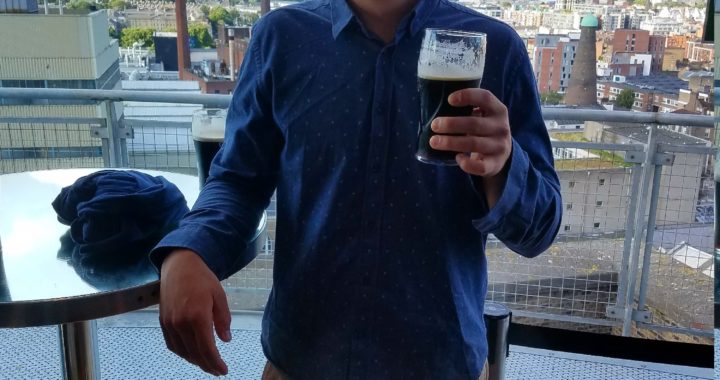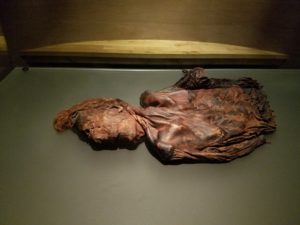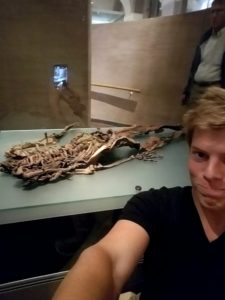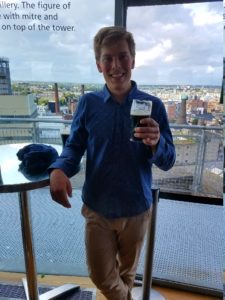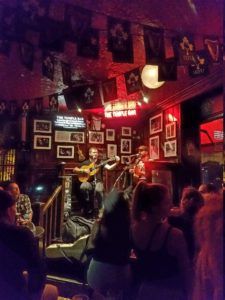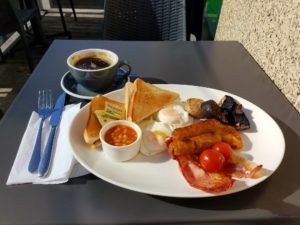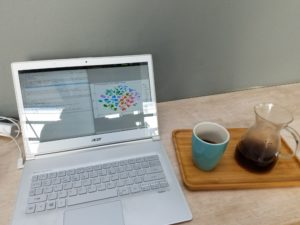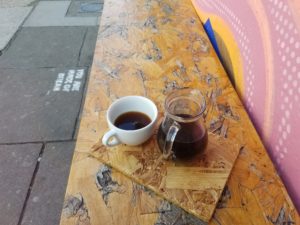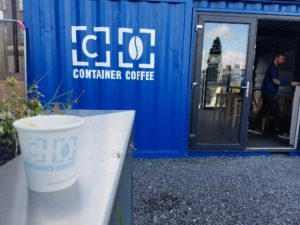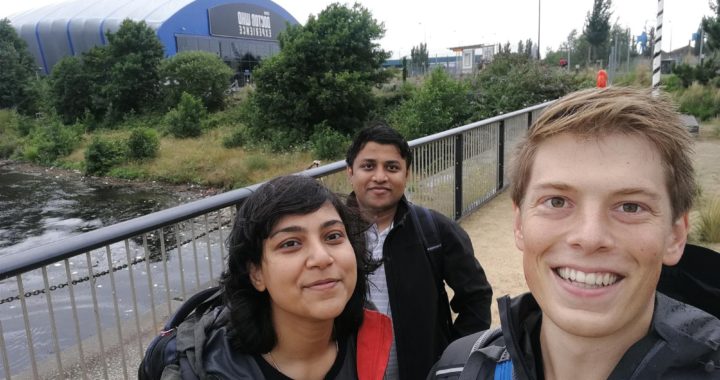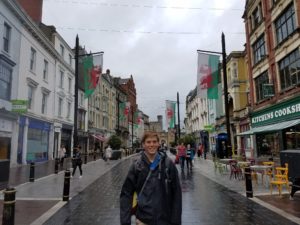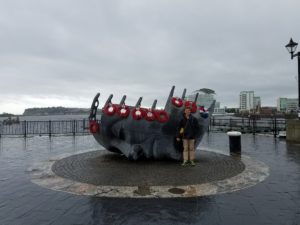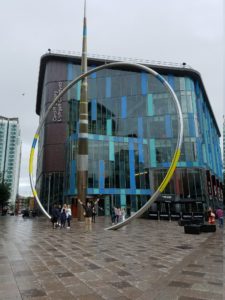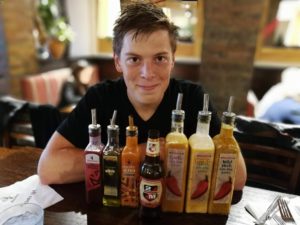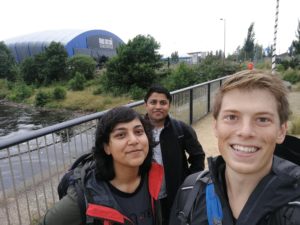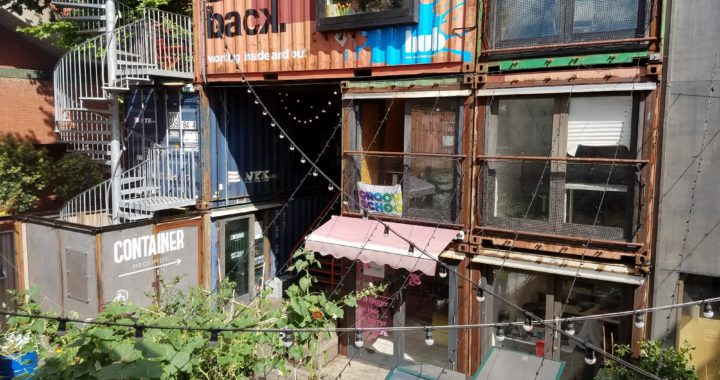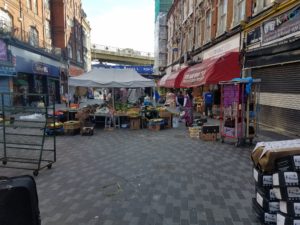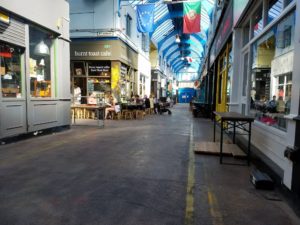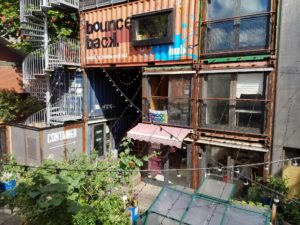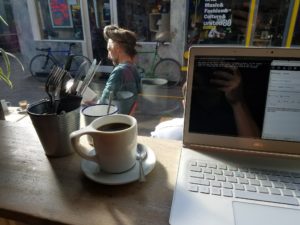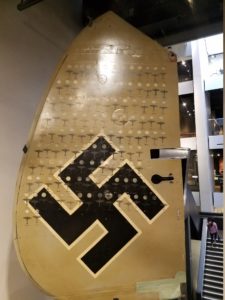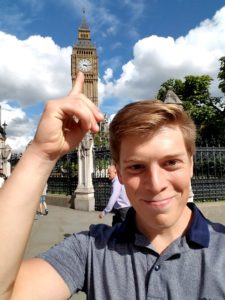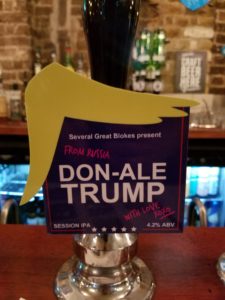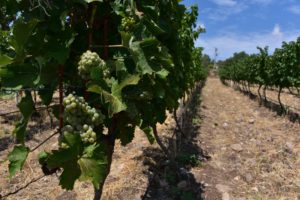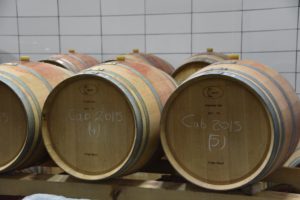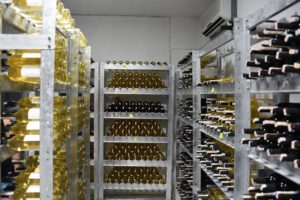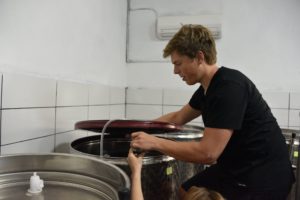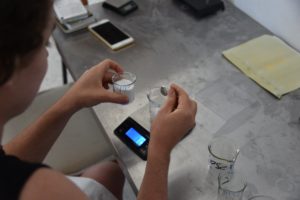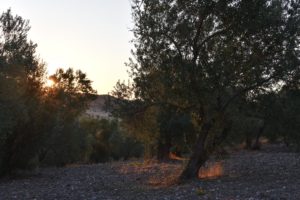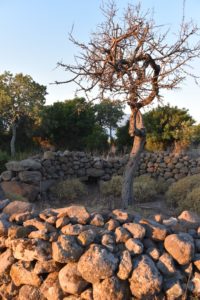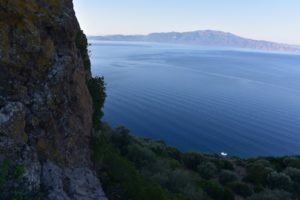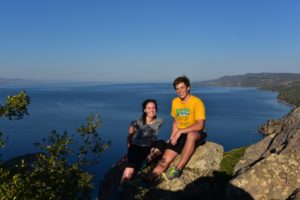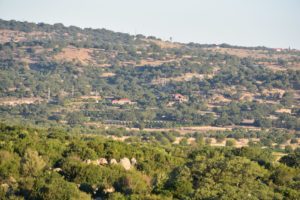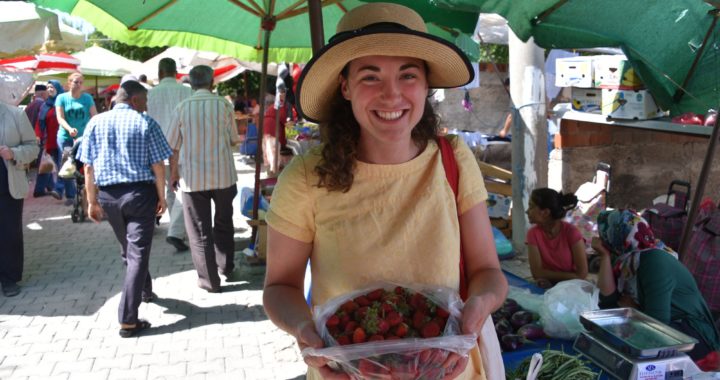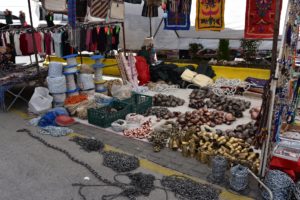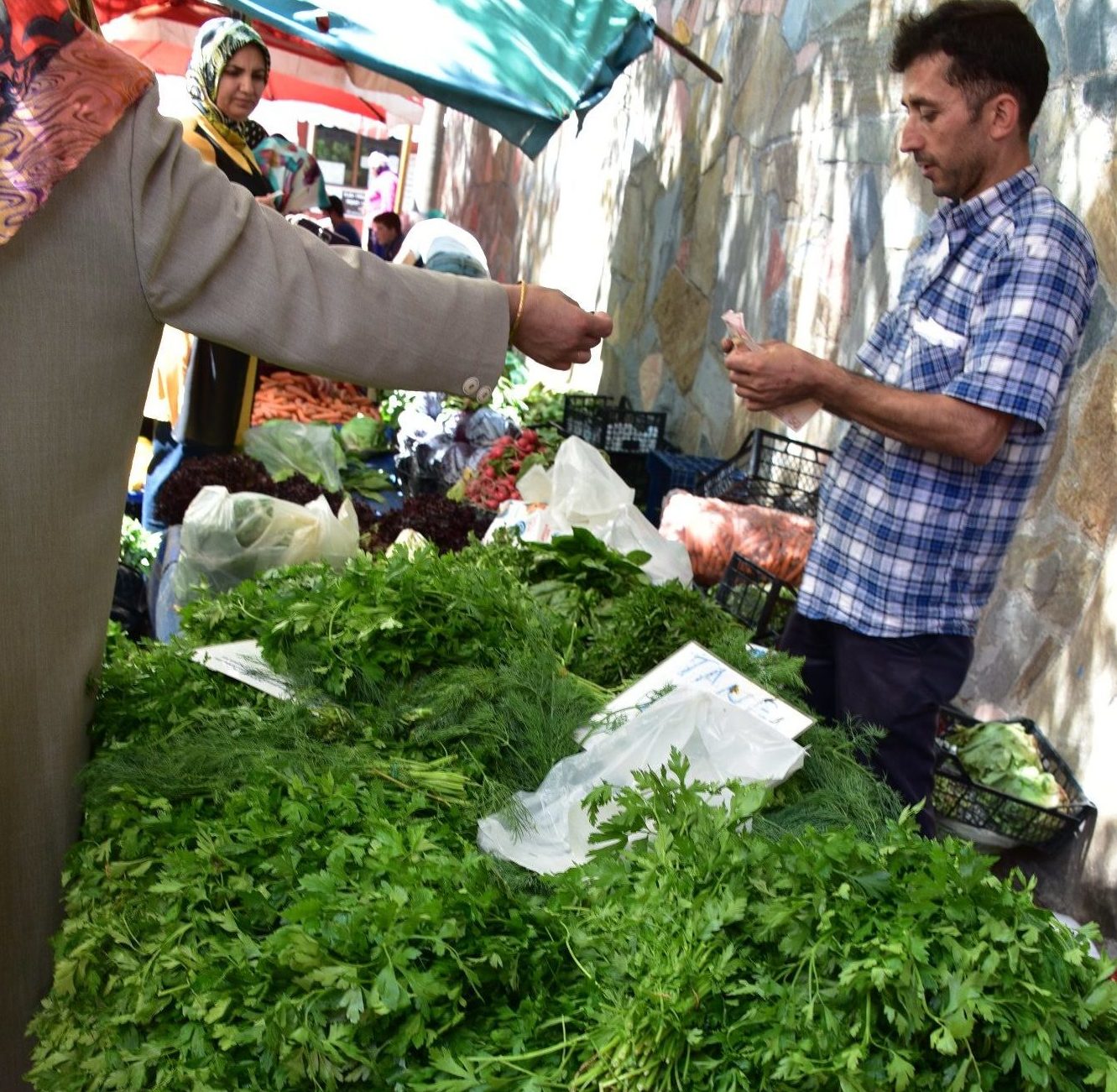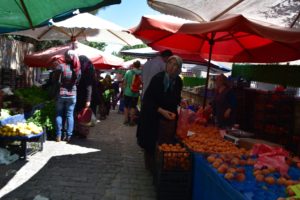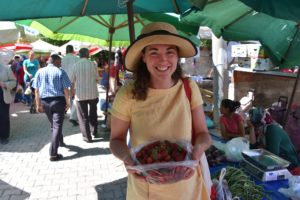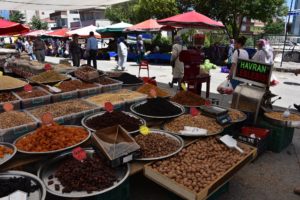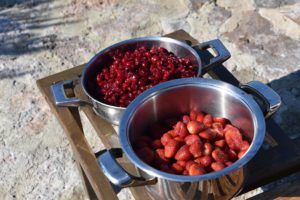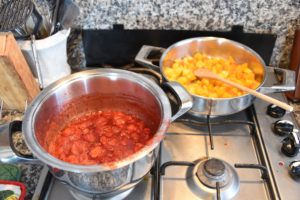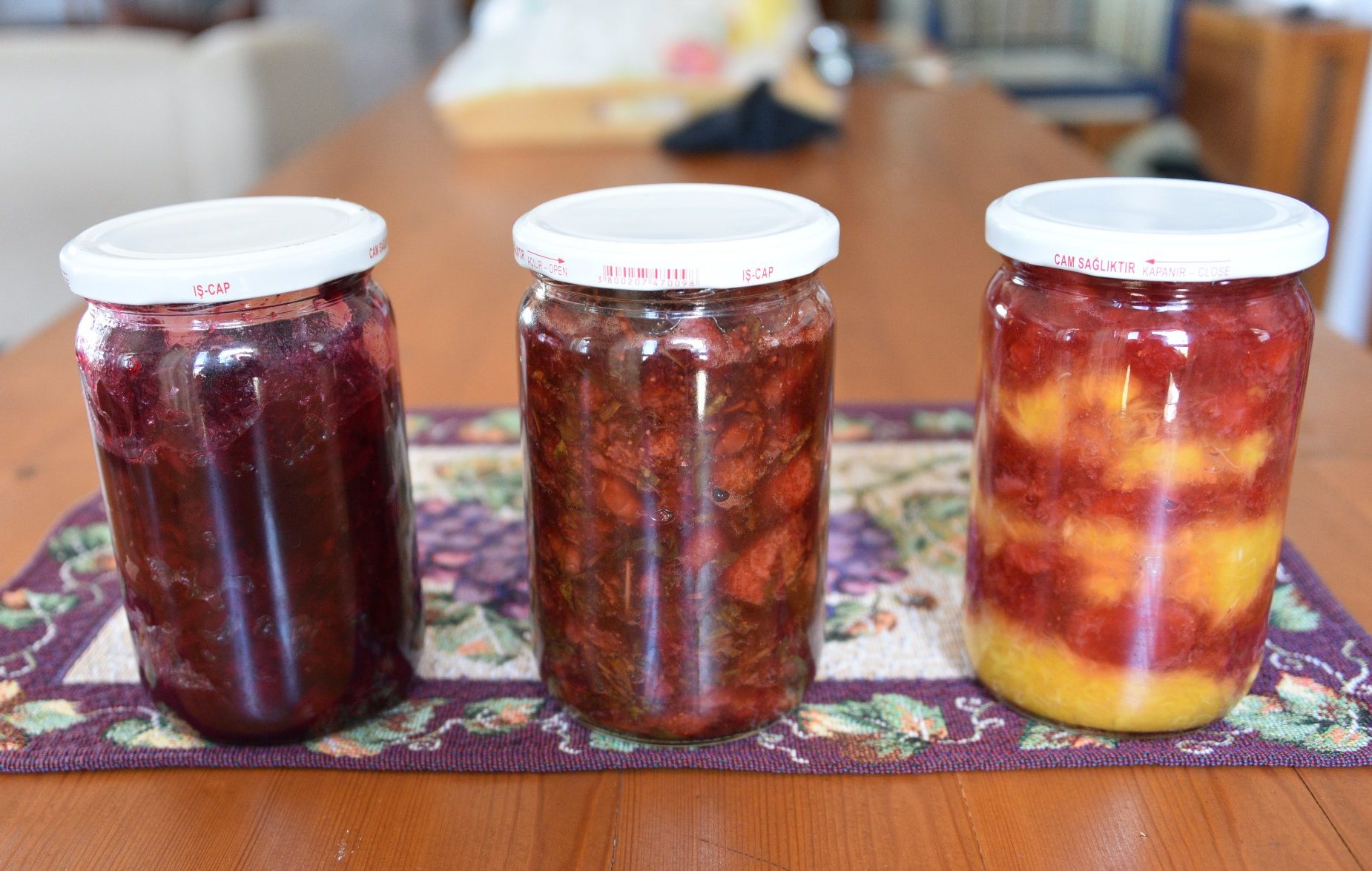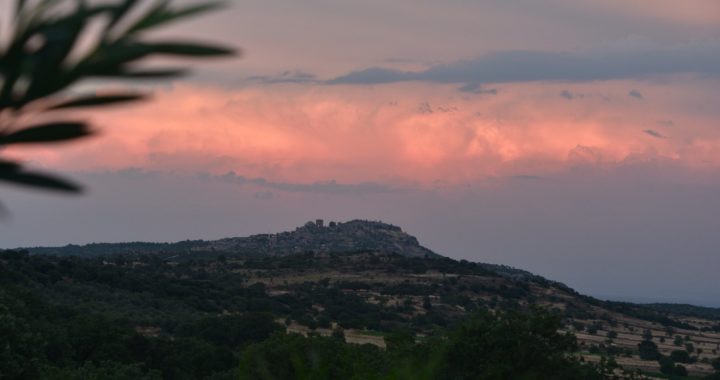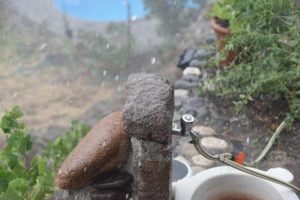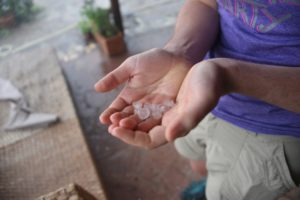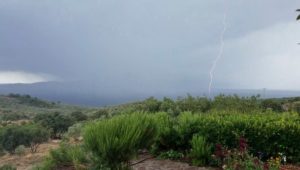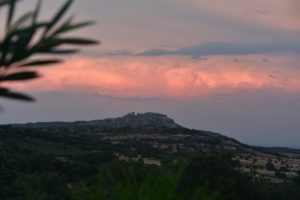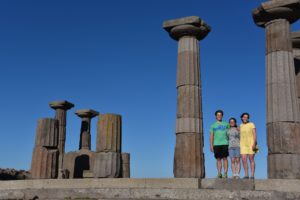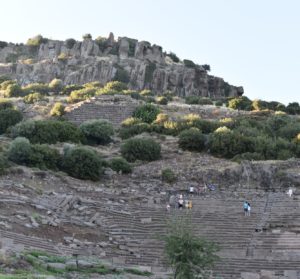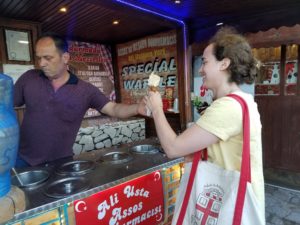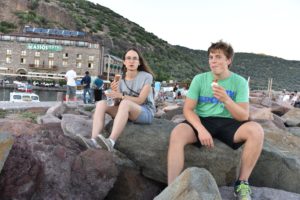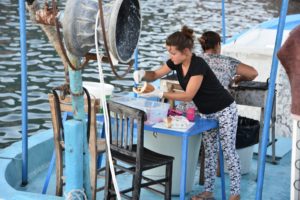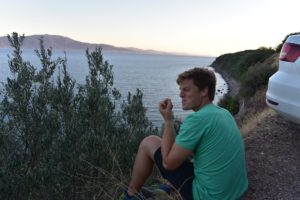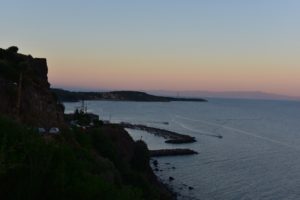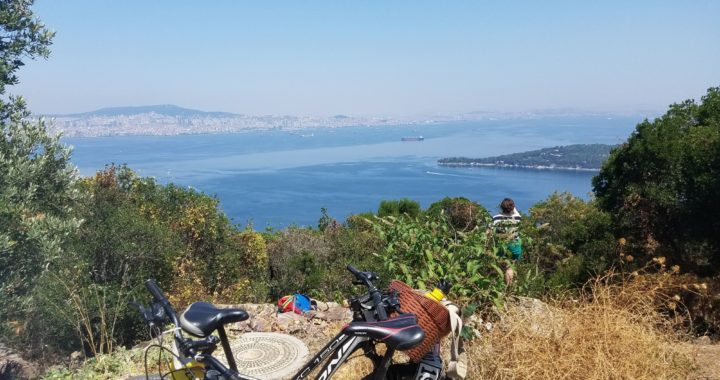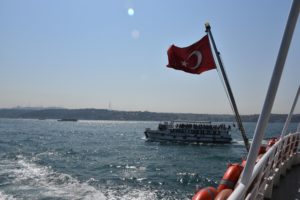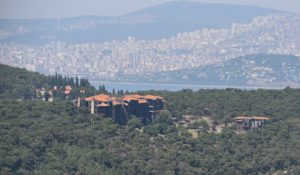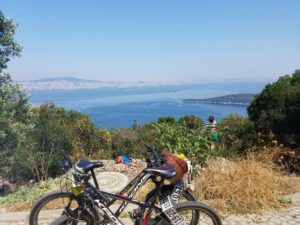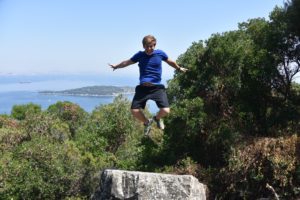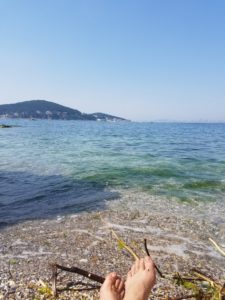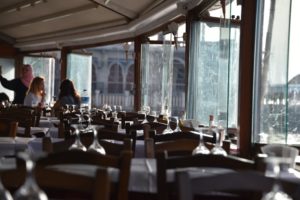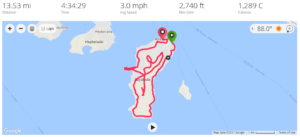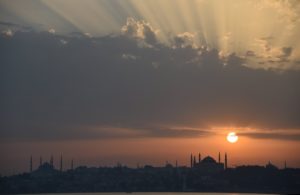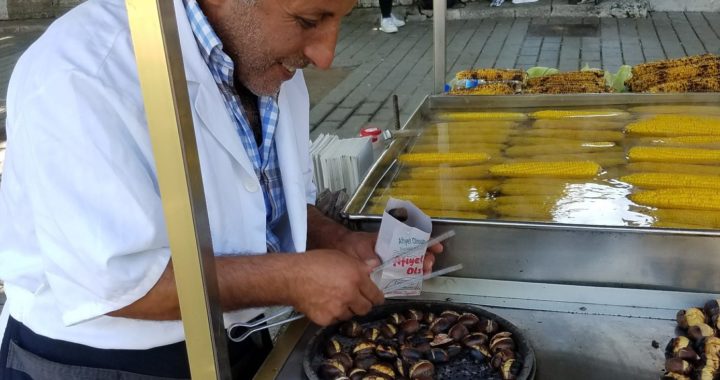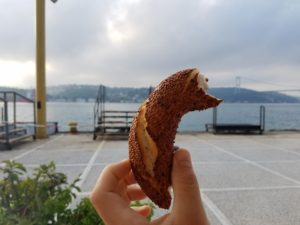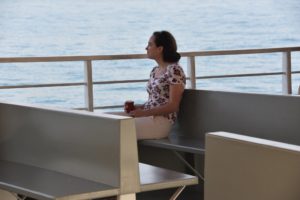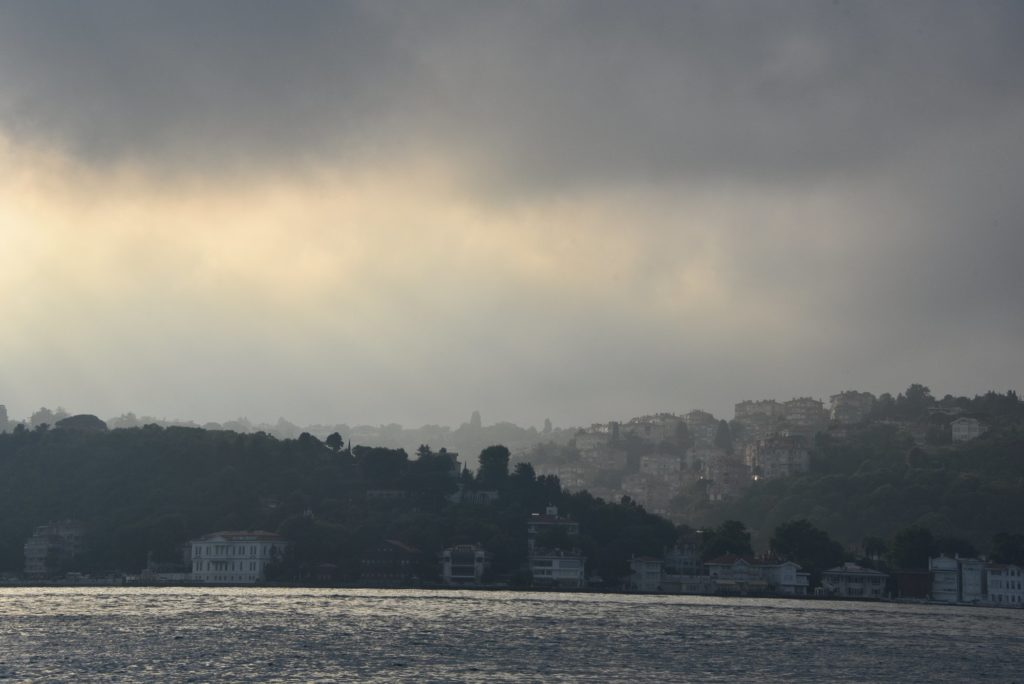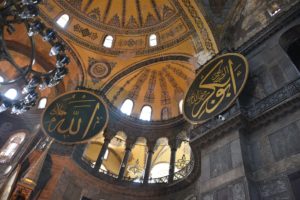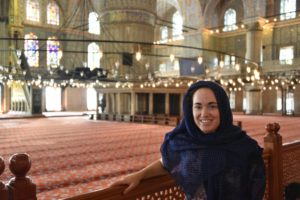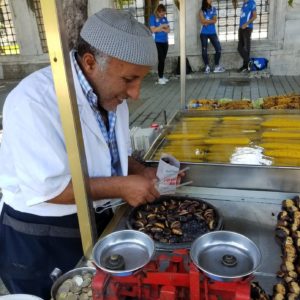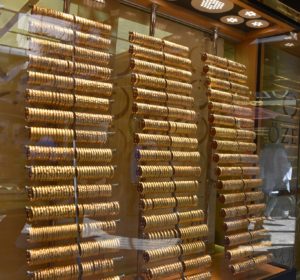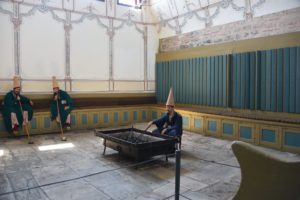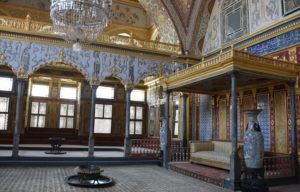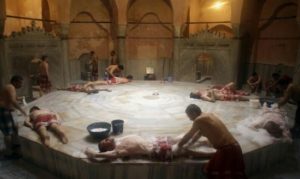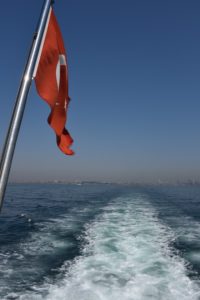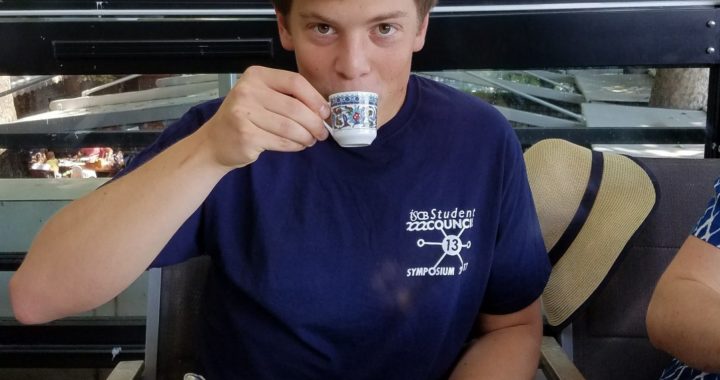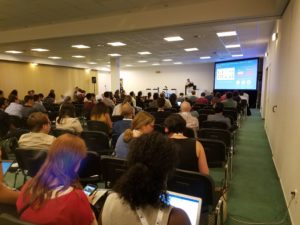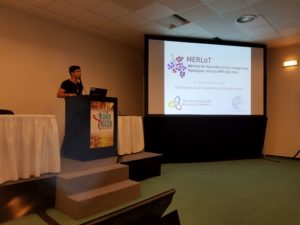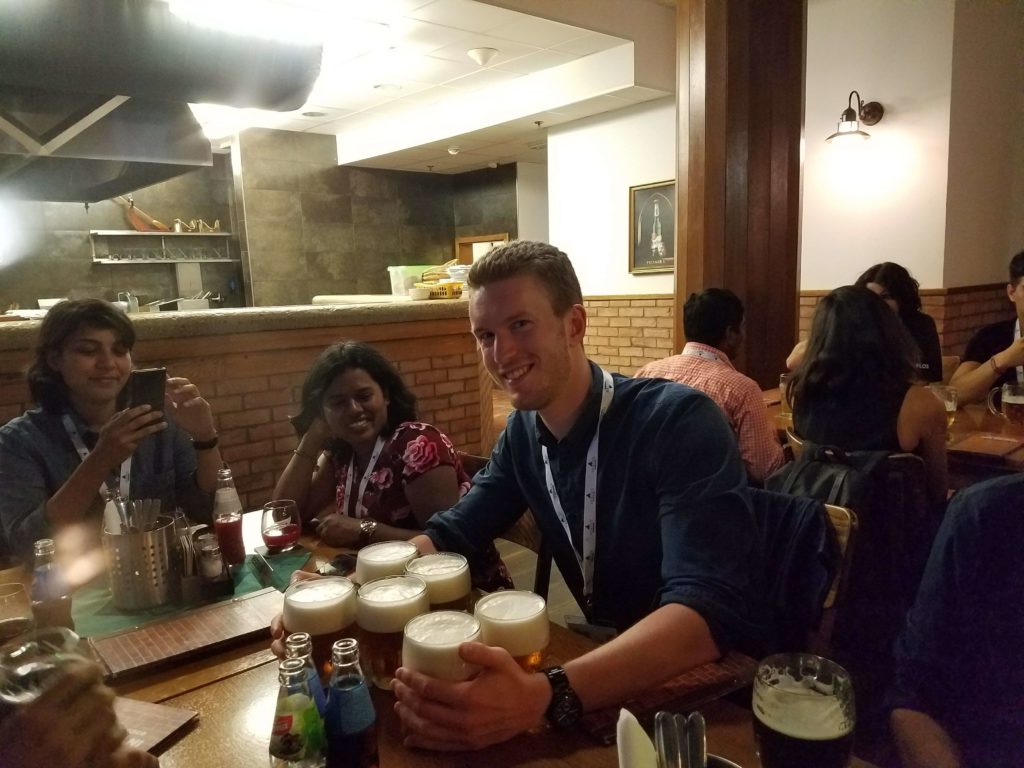“Why Turkey?” I was asked this question many times by friends and family as I prepared to travel further East than I’ve ever been before. Turkey has made international headlines many times the past year, not often for good reasons. The country is increasingly conservative and repressive. What can it offer to an American traveler? Is it safe for Westerners?
The main reason for this trip to Turkey is to visit Selen, a good friend from Brown who grew up in Istanbul and is currently completing a Master’s program here while applying to medical school. Lauren, another good friend from Brown, and I both had the time off. What a great excuse to travel and visit a new place! Selen reassured us that Turkey was still was still worth a visit — She spun tales of thick coffee, fragrant food, boat rides up and down the Bosphorus and trips to visit some of the world’s oldest and grandest mosques and churches. Plus, her family runs a vineyard on the coast of the Aegean, a 6-hour drive from Istanbul. We would get a chance to visit and sample their wine and olive oil. What more could I possibly want?
I’m glad I listened to Selen.
Our first day in the city began with brunch at Emigran Sütiş, a bustling restaurant near Selen’s house. We sat on the balcony and our table was quickly filled with Turkish coffee, freshly baked bread, vegetables, honey and kaymak (Turkish cream/butter). We ordered 3 types of menemen, eggs scrambled in a pan with tomatoes, spices and cheese or sausage for the main course. We watched boats motor up and down the Bosphorus as Lauren, Selen and I got each other caught up on where our lives were going. It had been a year since Selen moved from Boston back to Turkey!
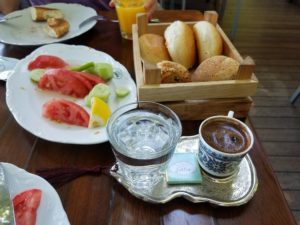
The first of many Turkish coffees!
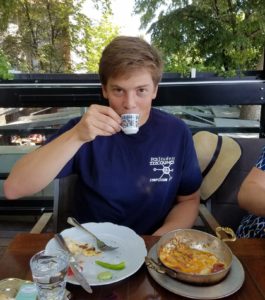
Sipping my troubles away
After breakfast we walked along the Bosphorus, taking in the new sights, sounds and smells of Istanbul. Fisherman casting into the blue water and men selling simit (circular sesame bread, hugely popular in Turkey) filled the path. One thing you notice immediately about Istanbul is the number of stray cats and dogs wandering around. People actually seem to enjoy and care for the strays here – it’s not uncommon to see trays of water and food set out on the street.
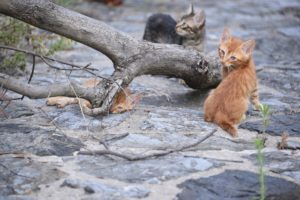
Cats by the Bosphorus. Photo credit Lauren C.
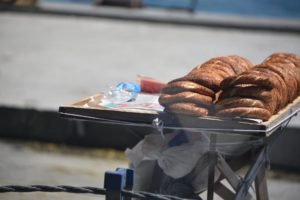
One of many Simit stands. Photo credit Lauren C
Later that day we toured the Istanbul naval museum, where we learned about Caïques: gilded boats that Sultans of old used to parade around the Bosphorus. Many had Kiosks for the Sultan and his family in the back – just like a floating palace. One Sultan even had a smaller caïque solely to bring him coffee and tea. Talk about luxury!
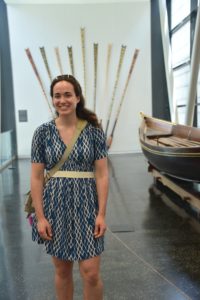
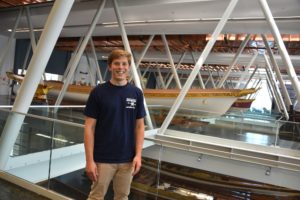
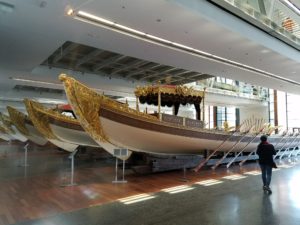
Next was Dolmabahçe, a grand palace on the Bosphorus built in 1856 and used as the center of the Ottoman empire for decades. We toured the lavish interior, much of it filled with rooms too big and gaudy to be practical. We had a relaxing afternoon in the park, with plenty of time to (literally) smell the roses.
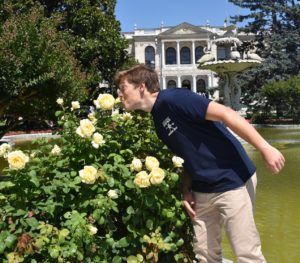
Getting up close and personal
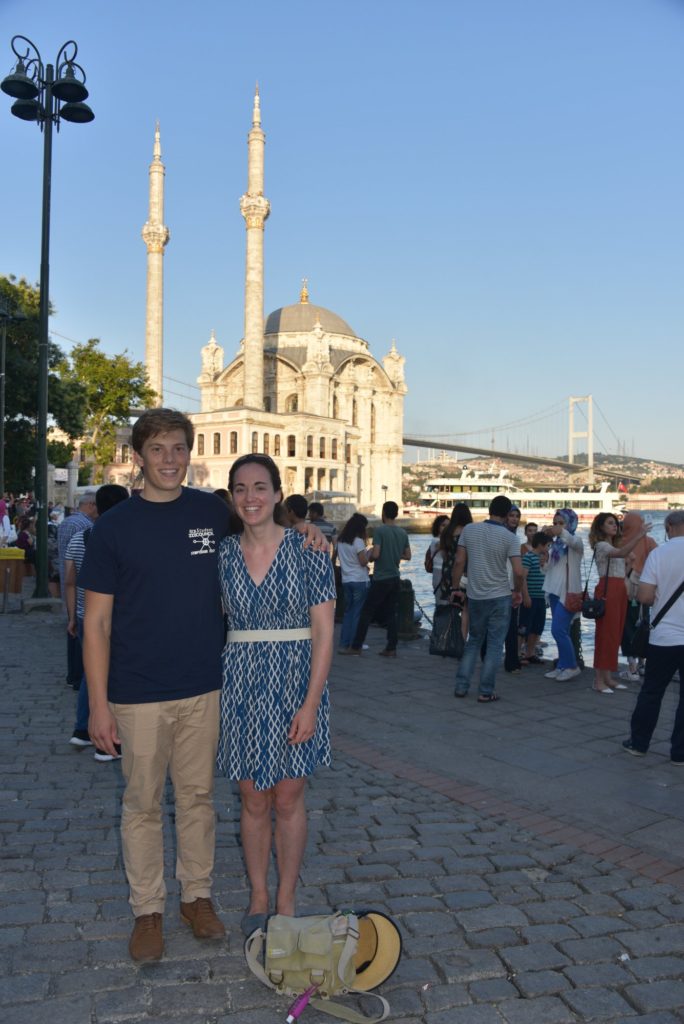
The famous view: Ortaköy Mosque with the pier and bridge in the background
A dinner of köfte (Turkish meatballs) and Tuborg (Turkish beer) I was ready to call the first day in Istanbul a success. More to come tomorrow!
